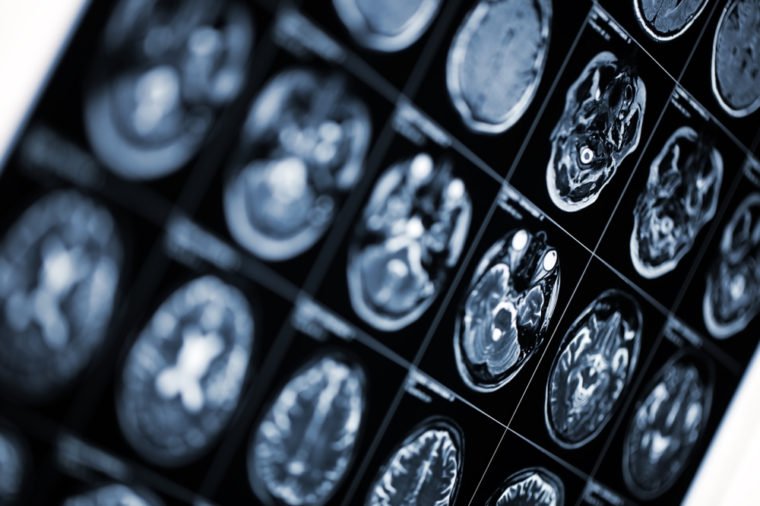Everyday Wellness
This is what caregivers can expect from loved ones at each stage.
Caregivers should learn all they can about the stages of Alzheimer’s
More than 50 million people in the world today suffer from the dementia of Alzheimer’s disease—and the number is expected to rise above nearly 152 million by 2050. So it’s important to understand the stages of Alzheimer’s and what to expect. The Functional Assessment Staging (FAST) scale, also called the Barry Reisberg scale named after the developer of the same name, is used by the Alzheimer’s Association and hospices to see when a patient could be hospice eligible, according to Jessica Zwerling, MD, MS, associate director of Montefiore Einstein Center for the Aging Brain. It helps caregivers understand what stage their loved ones are at and what to expect, she says. “Other scales also exist, but FAST is easy to use and comprehend. Here are the stages of Alzheimer’s:
Stage 1: Preclinical Alzheimer’s disease
Someone in the first stage of Alzheimer’s doesn’t show any overt signs or symptoms related to thinking or reasoning, according to Verna R. Porter, MD, neurologist, and director of the Alzheimer’s Disease Program at Providence Saint John’s Health Center in Santa Monica, CA. The patient appears or feels normal and healthy, but there are internal and metabolic changes happening in the body that will only appear in medical testing, Dr. Porter says. This is similar to other medical situations, like some sexually transmitted diseases, where the health issue isn’t extremely obvious. If you or a loved one are in a high-risk category for Alzheimer’s—if there is a family history of the disease and or you’re over 60 years old—this is the time to be as proactive as possible, Sharon Roth Maguire MS, RN, GNP-BC, who serves as the Chief Clinical Quality Officer at BrightStar Care adds. “This would include getting regular exercise and good quality sleep; eating a well-balanced diet focused on lean meats, fish, poultry, fruits and vegetables, healthy oils, and limiting simple sugars such as those found in baked goods and candies; maintaining cognitive stimulation and social interaction,” she says. Here are 15 myths about Alzheimer’s disease you should stop believing.
Stage 2: Mild cognitive impairment (MCI) due to Alzheimer’s disease
The memory loss symptoms of this stage could sometimes be confused with that of a normal, aging adult. “During this stage, a person may experience slight memory loss and confusion,” adds Stacey Barcomb, education specialist for the Alzheimer’s Disease Caregiver Support Initiative. “However, they will still have the ability to make important decisions and engage in conversations.” MCI and Alzheimer’s disease do not automatically go hand in hand. Maguire says approximately 15 percent of those with MCI are at risk for developing full-blown dementia, but this is not a given. Note, there is some disagreement amongst doctors about diagnosing patients with MCI versus Alzheimer’s disease, per the National Institute on Aging. This is the difference between Alzheimer’s and dementia.



